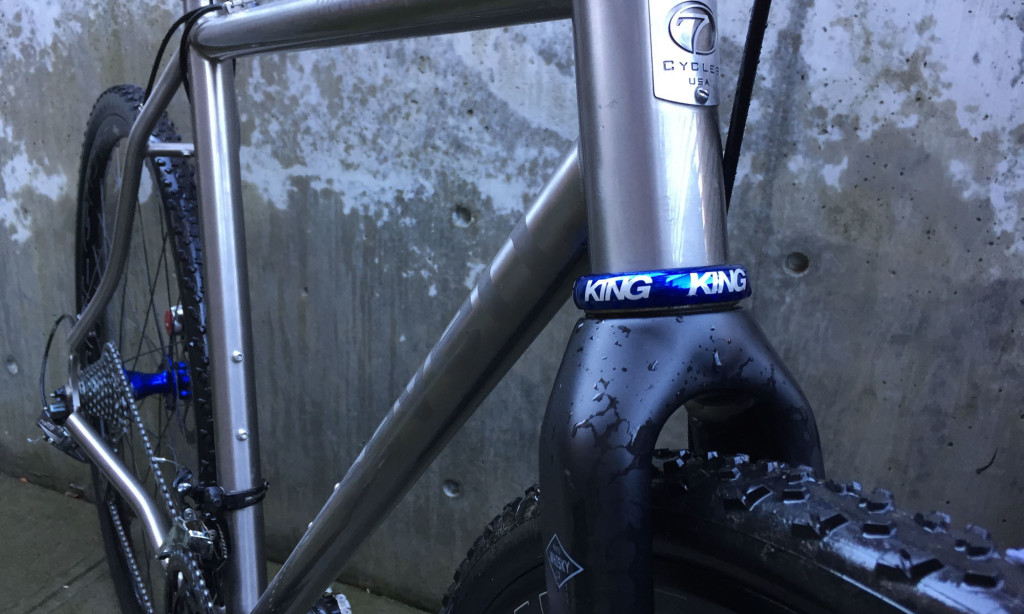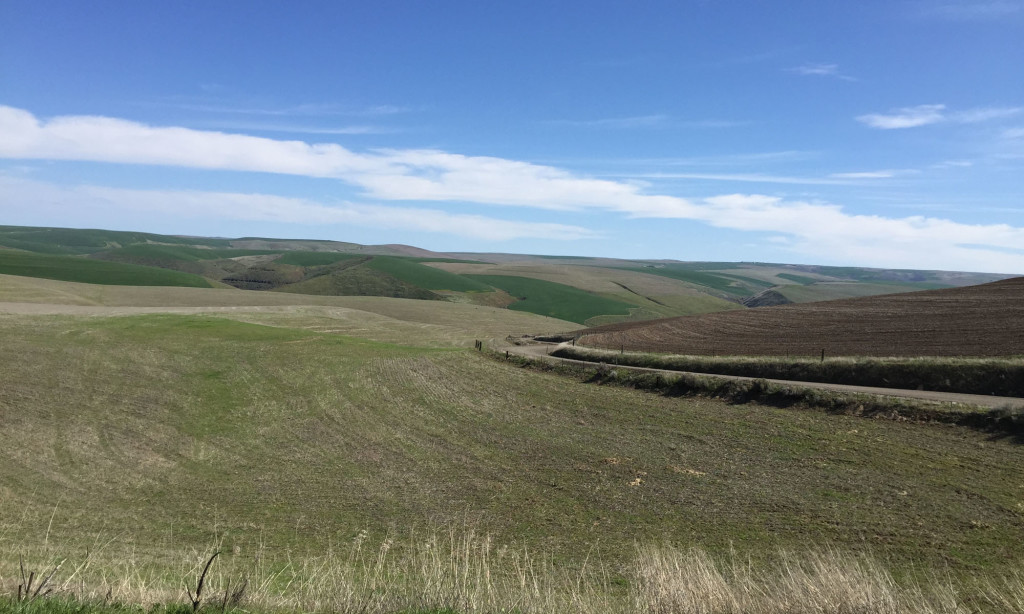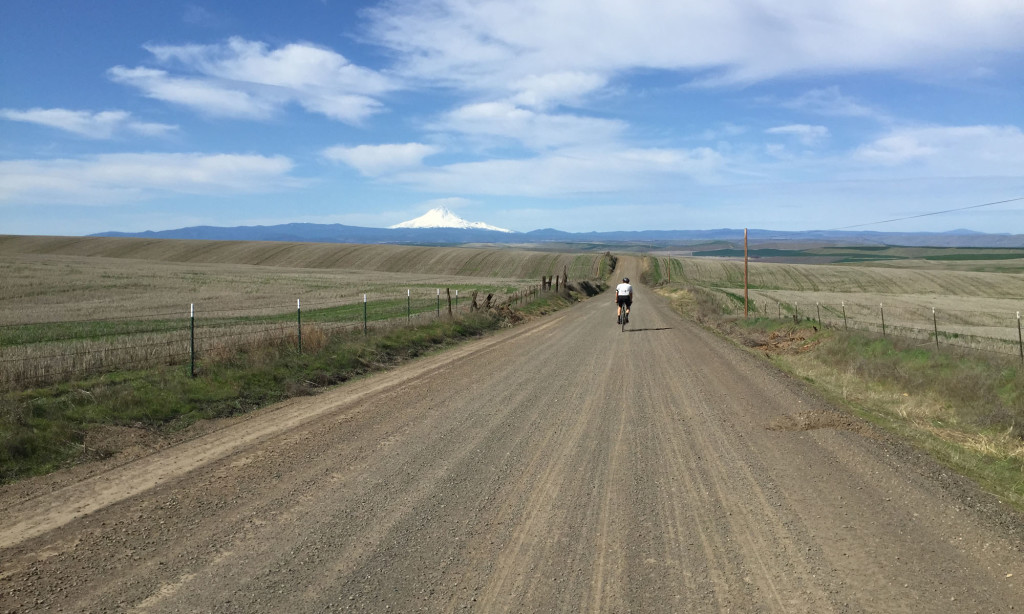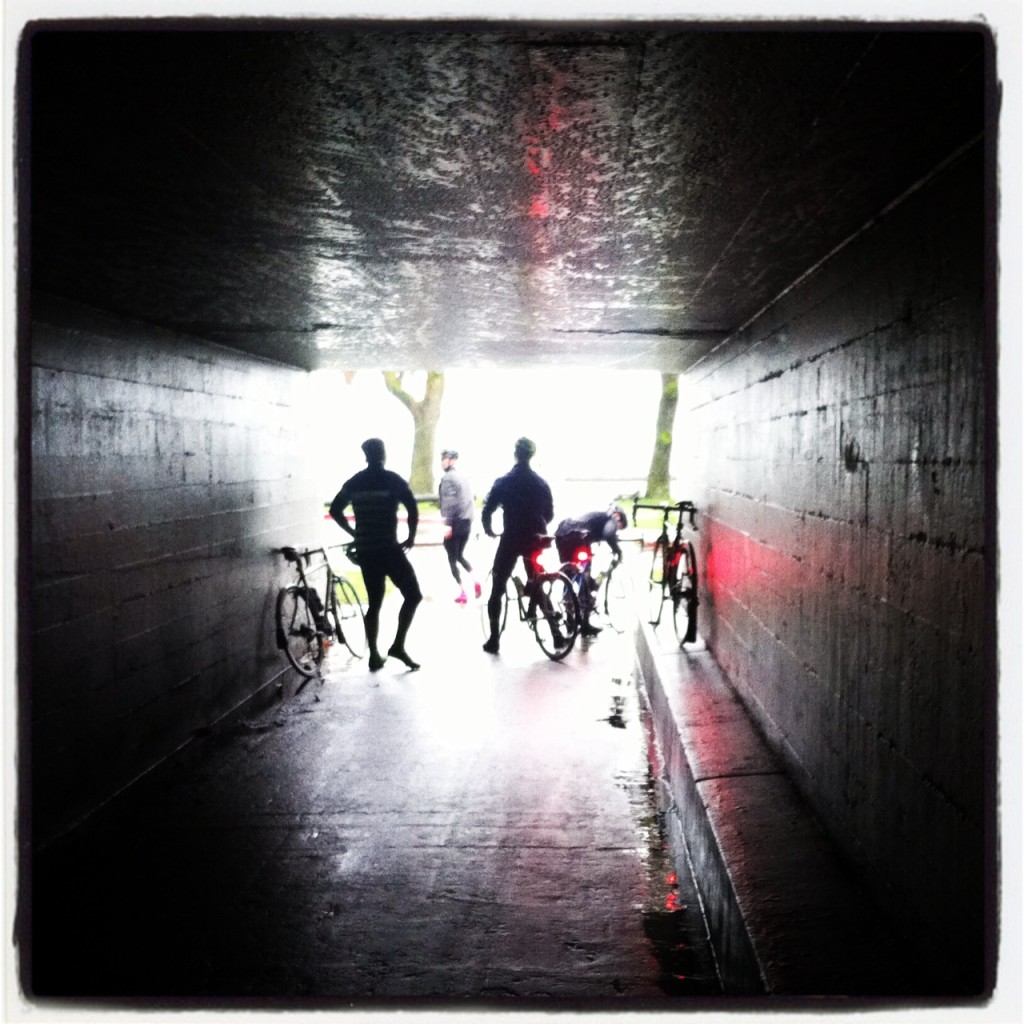When you finish a bike, put it in a box, put that box on a truck and send it out into the world, you never know what kind of adventures it’s going to find. We built Bob Kruger a Mudhoney S last year with our good friends at Cascade Bicycle Studio in Seattle, and, like so many of the cyclists we admire, he put it to good use as a cyclocross race bike, a bad weather commuter and finally, as a mixed-terrain explorer.
Bob’s gorgeous photos and prose from the Gorge Roubaix Gravel Grinder below:
Last spring I was looking for a new bike. I had a number of intended uses for this bike: commuter, cross racer, gran fondo and all around performer. I wasn’t looking for a plastic race bike, nor a heavy city bike. This bicycle needed to look great, take a beating and come out the other end looking just as good. It needed to perform well 365 days a year for the next 30 years. That’s a big ask.
I found the perfect bike. It was a Seven Mudhoney S. Although I thought it was perfect throughout last autumn’s cross season and a winter of commuting, I verified it this weekend at the Gorge Roubaix Gravel Grinder.
Throughout the day I was continually reminded of how much I loved my Seven Mudhoney. The 28 mm Continental 4-Seasons performed spectacularly both on the treacherous gravel descents and fast paved sections. The CBS-built Hed Belgium + Chris King hubbed wheelset was bomber and rolled smoothly and perfectly throughout a day where many, many large rocks were hit. The Mudhoney S: titanium frame was solid with zero chatter or skittishness. The gravel and rocks we encountered didn’t even faze the polished titanium’s shine. The Avid BB7 disc brakes gave me a massive amount of confidence and between that and the solidity of the bike I had no fear descending rough gravel at 35 mph for extended periods of time. While others complained of numb hands and feet, I experienced none of that. I couldn’t have been happier with how my Mudhoney performed over those 85 miles.
That night I rinsed the dust off, lubed the chain, screwed on the fat PDX fenders and was ready for the rainy Seattle commute the next morning. In the fall I’ll pull my Contis, install my fat tubeless CX tires and try to win some old man Cat 3 races on this Mudhoney. I’m serious about riding this bike for the next 30 years. I’m sure it will look better than I do in 2045!
Bob Kruger is an Environmental Scientist who grew up in Skagit Valley, Washington and currently resides in Seattle. All of his energy is focused into family, friends, work, travel and being active outdoors, in that order and often together. His outdoor passions include cycling, skiing, golf and being on the water.





